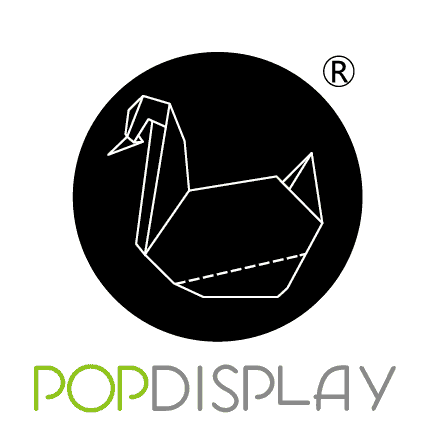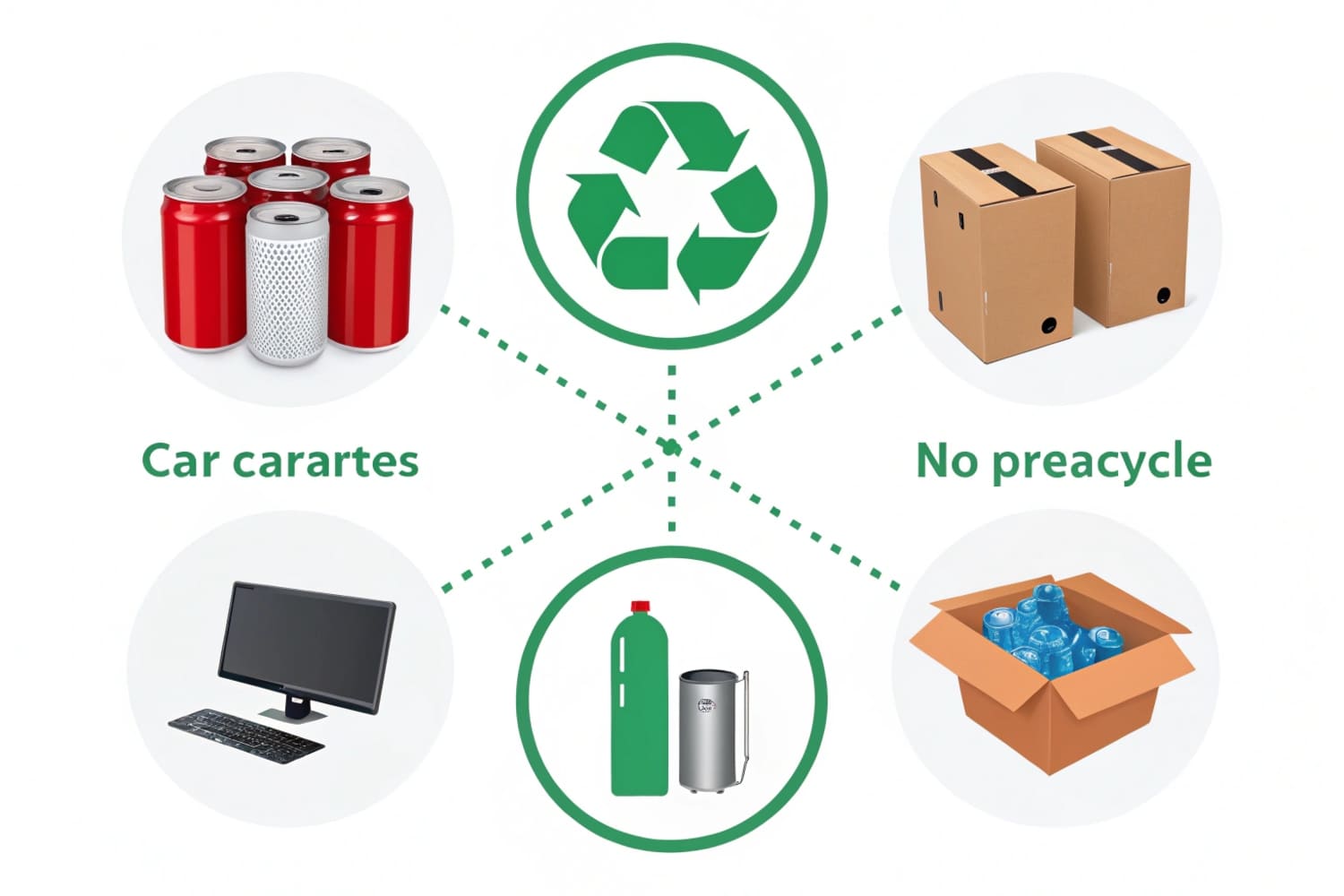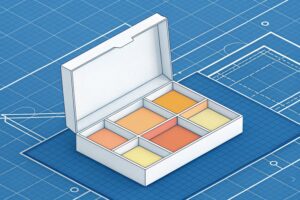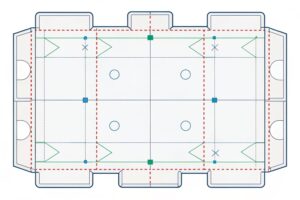I see many brands ask this. I see buyers ask it too. The worry is real. The rules look messy. The labels look vague. The stakes feel high.
No, not all products are recyclable. Pure paper and plain corrugated are easy to recycle. Mixed materials, plastic films, foil laminates, and heavy coatings block recycling. Clean and dry items recycle better than soiled or wet ones. Always check local rules.
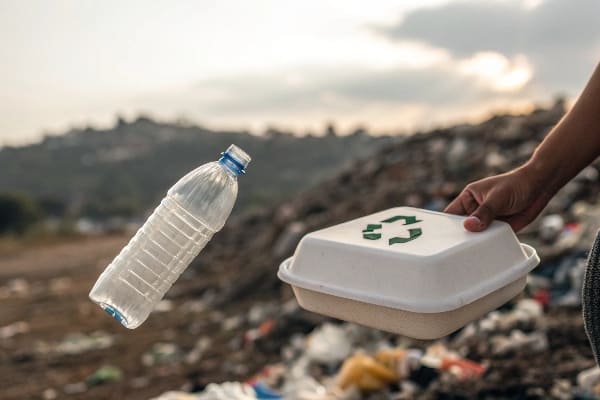
I run a cardboard display factory. I ship to strict retail programs. I also track waste at my plant. I want to help you avoid costly mistakes. I will share simple rules. I will also share a short story from a launch that taught me a lesson.
What product is not recyclable?
Many buyers think paper means green. The truth is more mixed. I learned this the hard way when a promo used a glossy film. It looked great. It failed the recycler test.
Products with mixed layers, plastic film, foil, wax, or heavy UV varnish are usually not recyclable. Soiled items and materials with metal parts also fail most recycling streams.
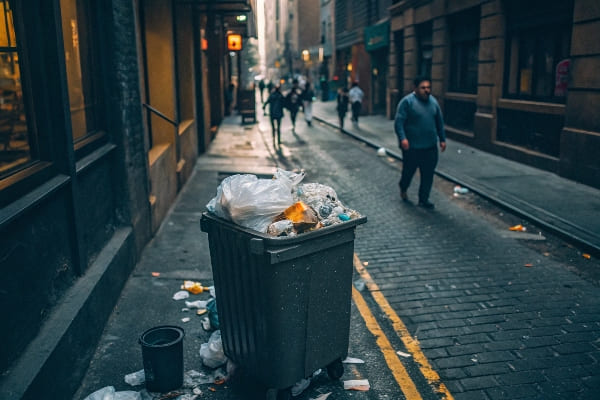
Why some products fail recycling
In my line, I see three failure modes. The first is material mix1. The second is contamination. The third is design shortcuts2. I will keep this plain. If fibers cannot separate cleanly in water, the mill cannot reuse them. If food, oil, or glue coats the fibers, the pulp turns gray or clumps. If the design fuses paper to plastic, workers cannot split it at scale. My team once built a counter unit with a PET window. The brand loved the look. The municipal mill rejected it. We had to redesign the cutout to be open air. Sales held. Waste dropped.
Common failure modes at a glance
| Failure Mode | Typical Cause | Result at Mill | Fix I Use |
|---|---|---|---|
| Material mix | Paper + plastic film/foil | Fibers cannot separate | Use mono-material paper |
| Heavy coatings | UV varnish, wax, PE | Pulp rejects flakes | Switch to water-based varnish |
| Wet/soiled | Food, oil, moisture | Quality loss | Keep items clean and dry |
| Hardware | Magnets, screws | Contamination | Use paper locks and tabs |
| Labels | Non-removable stickers | Screen clog | Use wash-off adhesives |
Design checklist I apply
— Keep one material where possible
— Use water-based inks and varnish
— Avoid film lamination unless required
— Replace plastic hooks with die-cut tabs
— Mark parts for easy flat-pack and bale
I tell buyers this in plain words. If you want green, keep it simple. Mills love clean fiber. Your costs stay stable. Your brand story stays true.
How do I tell if an item can be recycled?
This question sounds simple. It is not. Labels differ by region. Extra layers hide in nice finishes. Time pressure also clouds judgment during launches.
Check the material, coating, and contamination. If it is single-material paper or corrugated, clean and dry, it is usually recyclable. If it has film, foil, wax, or mixed parts, it likely is not. Confirm with your local rules.
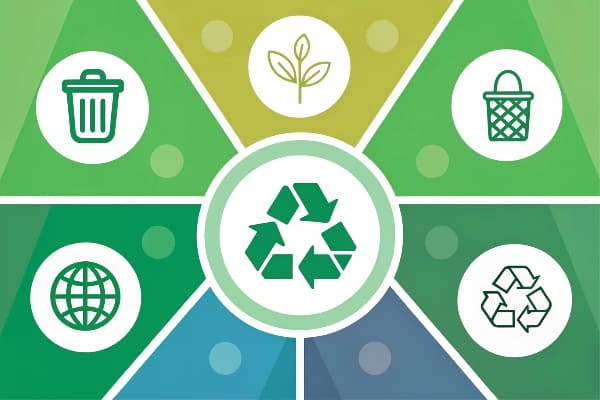
A quick decision path I use with clients
I walk teams through a five-step check. I do this before we freeze a design. I also run a sample through a soak test at my plant. The soak test is crude but clear. Paper that turns to pulp cleanly is a good sign. Film that peels and floats is a bad sign.
Five-step check
| Step | Question | Yes → Next | No → Action |
|---|---|---|---|
| 1 | Is it pure paper or corrugated? | Step 2 | Consider redesign to mono-material |
| 2 | Are inks and varnish water-based? | Step 3 | Switch to water-based systems3 |
| 3 | Any plastic film, foil, or wax layer? | Step 4 | Remove or replace layer |
| 4 | Any non-paper parts attached? | Step 5 | Swap in paper mechanisms |
| 5 | Is it clean and dry after use? | Likely recyclable4 | Add cleanup instructions |
Simple home test I suggest
— Tear the item. If fibers fuzz, it is likely paper. If it stretches or peels in sheets, there may be film.
— Drop a small piece in warm water. Stir. If it slurries, good. If it sheds plastic flakes, not good.
— Rub the surface. If you feel a slick shell, check the spec for lamination.
I once shared this with a sporting goods brand. The team found a thin PE layer in a pallet skirt. We swapped to a nano-coating that kept strength and passed the mill test. The brand cut waste. The display still looked sharp.
Which items can not be recycled?
Teams often ask for a blacklist. There is no perfect one. Local rules vary. But some items fail in most places. I group them by cause.
Common non-recyclables include plastic-laminated paper, foil-lined paper, waxed boxes, wet-strength labels, oily pizza boxes, and paper with magnets, plastic hooks, or embedded LEDs.
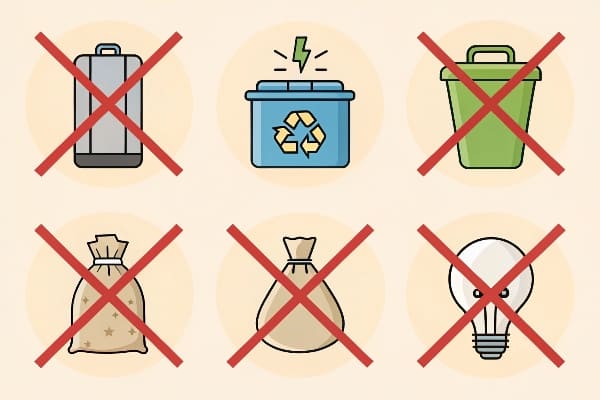
A practical blacklist for display buyers
I keep a live sheet for my engineers. I update it when a mill flags a load. I will share the short form here. Please note. There are edge cases. A specialty facility may accept some items. For most retail programs, assume these fail.
Likely non-recyclable items5
| Category | Examples | Why It Fails | Better Option |
|---|---|---|---|
| Film-laminated paper | High-gloss gift wraps, display headers with PET | Mixed material | Use high-calender paper + water-based varnish |
| Foil-lined paper | Metallic promo sleeves | Aluminum layer | Use metallic inks or cold-foil with delam plan |
| Waxed or PE-coated | Produce boxes, moisture barriers | Hydrophobic layer | Use nano or dispersion barrier |
| Hardware embedded | Magnets, screws, LEDs | Non-fiber parts | Use paper locks, print graphics for “light” |
| Wet-strength labels | Bottle carriers with strong resins | Resins resist pulping | Use repulpable adhesives |
| Heavily soiled paper | Food oil, adhesives, wet items | Quality loss | Add liners; design for easy separation |
Why lists help real projects
A buyer from a hunting brand once pushed for a magnet-closing brochure on a floor display. It felt premium. The recycler warned us. We changed to a paper tab with a “click” cut. The user still felt the snap. The display kept its look. The bale passed audit. We met the deadline and avoided a reprint.
What is surprisingly not recyclable?
This is the part that shocks teams. Some “paper” looks green. It hides plastic. Some “eco” films sound nice. They do not break down at a mill. Names can mislead.
Many glossy paper wraps, thermal receipts, paper cups with plastic lining, and glitter-coated cartons are not recyclable in most curbside systems, despite appearing paper-based.
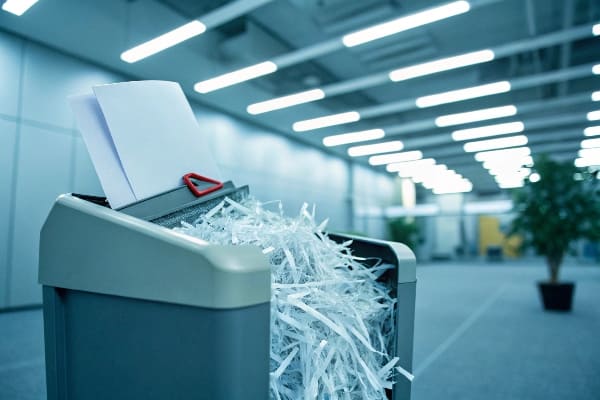
Hidden traps I see in retail displays
I see three sneaky groups. The first is thin films sold as “soft touch” or “velvet.” These often use plastic. The second is barrier cups and trays. The third is effect finishes like glitter or flock. These kill yield at mills. I push teams to test before print.
Sneaky items and safer swaps
| Sneaky Item | Looks Like | Issue | Safer Swap |
|---|---|---|---|
| Soft-touch lamination | Premium paper | Plastic layer | Soft-touch water-based coating |
| Paper cups with lining | Plain paper cup | PE barrier | Dispersion barrier or reusable insert |
| Thermal receipts | Thin paper | Chemicals, low fiber value | Digital receipt or FSC bond |
| Glitter or flock finish | Festive paper | Microplastic contamination | Metallic ink or printed texture |
| “Eco” bio-film overwrap | Green-sounding film | Not repulpable | Omit overwrap; use belly band paper |
How we solved a trap on a rush job
A big box retailer set a fast launch. My client needed a velvet-touch header on a pallet display for outdoor gear. The sample used a film. The date was tight. I called my coating vendor. We ran a water-based soft-touch on our digital test line. The feel was close. The look stayed rich. The mill gave a thumbs-up on a bale test. We hit the ship date. The buyer wrote back. He said the aisle looked bold and clean. He also said the recycler stopped complaining. Simple swaps can save both time and waste.
Conclusion
Not all products are recyclable. Keep one material. Keep coatings light. Keep items clean. Ask your local rules. Test early. You will save money and waste.
Understanding material mix is crucial for improving recycling efficiency and reducing waste. Explore this link to learn more. ↩
Design shortcuts can lead to significant recycling challenges. Discover insights on how to avoid them for better sustainability. ↩
Explore this link to understand how water-based systems can enhance sustainability and reduce environmental impact in packaging. ↩
This resource will guide you on identifying recyclable materials, helping you make eco-friendly choices. ↩
Understanding non-recyclable items helps buyers make informed choices, reducing waste and improving sustainability. ↩
